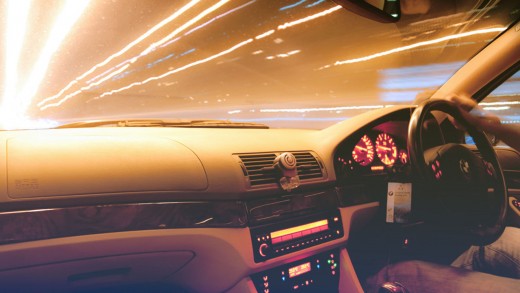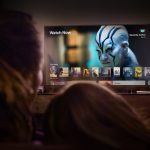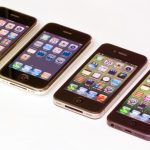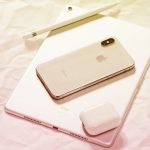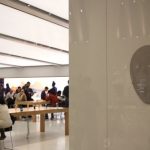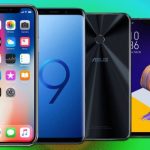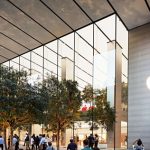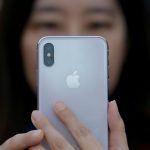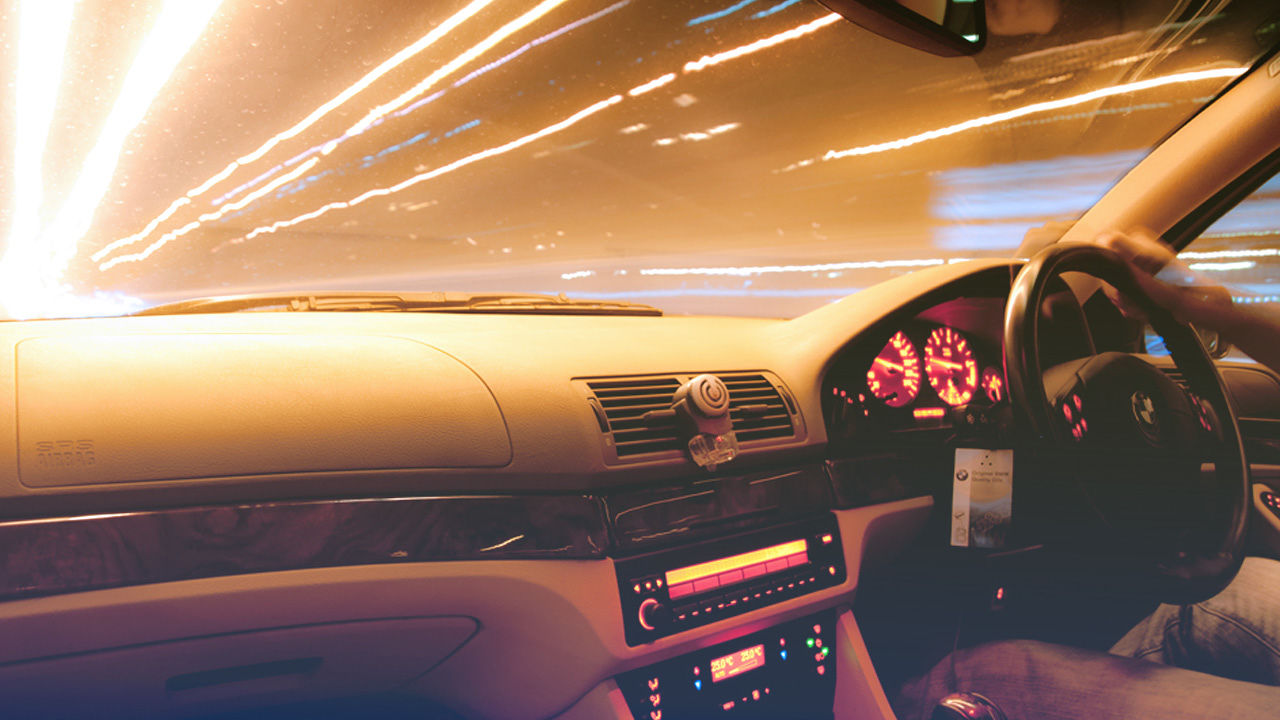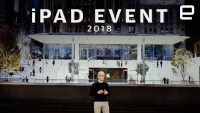Apple May Be Developing An Augmented Reality Windscreen For Its (Rumored) Car
Apple, like Facebook and others, is actively exploring its own flavor of a virtual/augmented reality future.
Apple is already well into an effort to explore the possibilities of virtual and augmented reality products, and one of the applications may be in the rumored Apple car.
If a new report from the Financial Times is correct, Apple already has “hundreds” of people working on AR- and VR-related technology.
Consumer virtual reality technology today is most commonly exemplified by the Oculus (Facebook) and Samsung Gear VR headsets. A number of companies, including Google, have created far-less-expensive cardboard headsets that use a single phone display to create the VR environment.
Microsoft’s HoloLens is the best-known augmented reality consumer product so far. The technology overlays images—like immersive gaming scenes—in front of the user’s view of the actual environment.
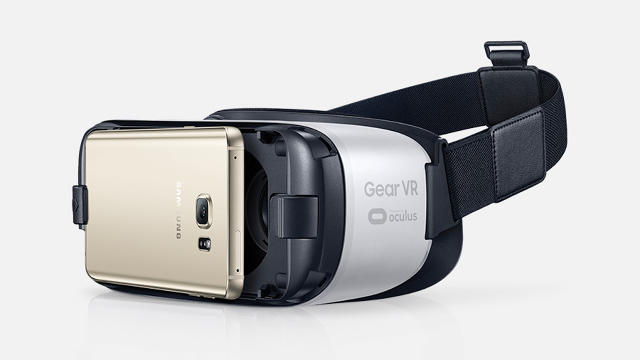
Many believe that the VR headset could become an accepted way of networking on social channels, playing games, or watching live video streamed by a far-away friend with a 360-degree camera. Apple design chief Jony Ive, however, told the New Yorker last year he doesn’t believe the face is the best place to put the AR/VR experience, referencing the general unpopularity of Google’s Glass eyewear.
The technology, especially augmented reality, could end up finding a stronger use case in the rumored Apple Car, which reports say could ship as early as 2019. The Financial Times story cites unnamed sources saying that Apple has a separate group of AR/VR people working on applications for the car.
One can imagine the inside of an electric car as a much-enlarged HoloLens headset through which images are superimposed onto the real view of the real street view outside the car. An augmented reality screen, for example, could be inlayed in the windscreen, where mapping, place identification, and safety information could be displayed. The screen could also display other data, such as in-car entertainment options and communications.

Such an application wouldn’t exactly be new. Jaguar, for instance, unveiled in 2014 its development of a “360-degree Virtual Urban Windscreen,” for its Jaguar Land Rover. The windscreen displayed mainly safety graphics, like virtual orange cones around places to avoid, as well as information on optimum braking areas. Jaguar said at the time that the technology wouldn’t be ready for production for another 10 years.
The Financial Times story references several acquisitions from Apple’s recent history that seem to point toward the collection of intellectual property and people for a major AR/VR effort. Most recently the company bought Flyby Media, a startup focused on mobile phone-based augmented reality. It also bought Metaio, which created software for building augmented reality applications, as well as Faceshift, a German company that developed technology that scans facial features and creates animated avatars that mimic the person’s facial movements in real time. In another acquisition, Apple picked up PrimeSense, the Tel Aviv-based that made the motion-tracking technology in Microsoft’s original Xbox 360 Kinect interface.
After the Metaio deal last year, the Financial Times story says, Apple picked up its efforts to recruit AR and VR engineers, poaching people from both Lytro and Microsoft. The same publication reported previously that Apple hired a prominent VR researcher, Doug Bowman, who led the Center for Human-Computer Interaction at Virginia Tech.
Apple has never said anything about an Apple Car, but enough information has leaked now that the project is somewhat of an open secret. Still, it will be years before we see said automobile, and find out if and how it uses AR.
Fast Company , Read Full Story
(16)

